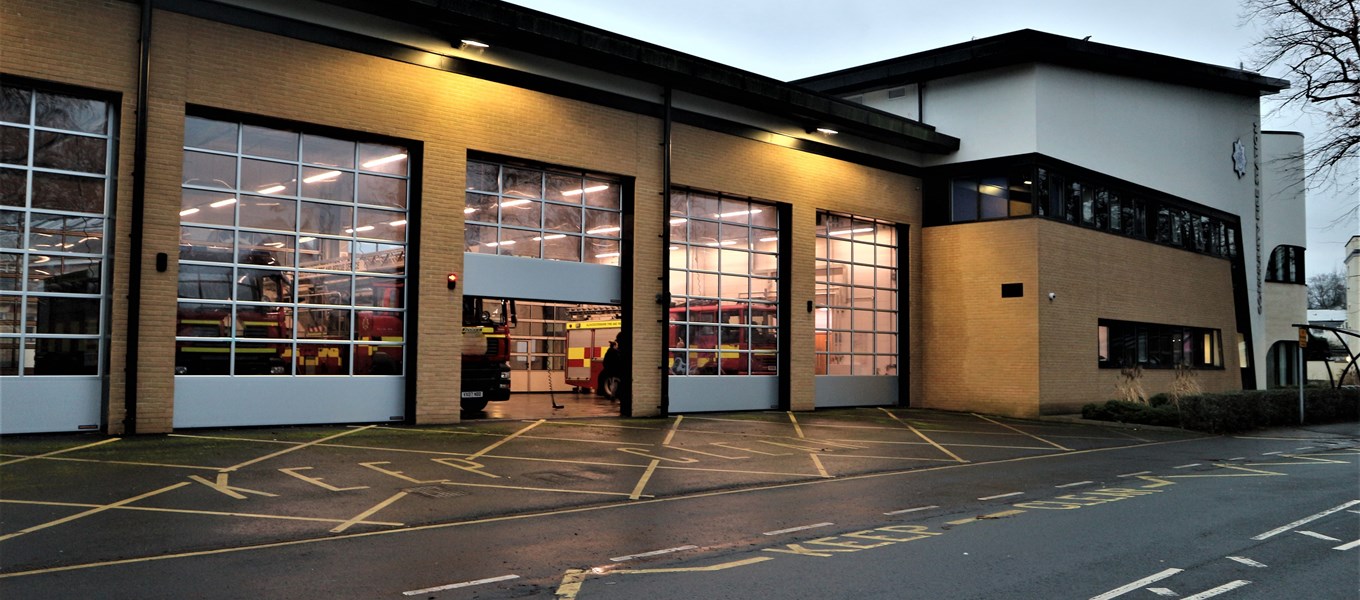Facility location modeling in future cities

Siting key facilities, such as hospitals and fire stations, in the right locations is vital for providing the services we need.
Cities are continually reviewing the location of these facilities as populations grow or services are reorganised. New technologies, such as electric or hydrogen power for vehicles, can create demand for new networks of service centres within existing urban areas.
In this project, we attempt to develop and apply spatially-explicit location models to assist with decision-making concerning site selections in both the public and private sectors. This requires collaborative partnerships between academia and public/private sectors in data and knowledge sharing. Geographical information systems (GIS) and spatial optimization have been widely applied in location analysis and business site selection. We are also interested in developing new methods and algorithms of location analysis that apply to new forms of urban big data.
Aims and Objectives
The main aims of this project are to work with governmental agencies, non-governmental organisations (NGOs), and industry partners to:
- Evaluate the current urban facility locations and their service efficiency
- Guide future city infrastructure (re)development via location analysis and modeling
- Enhance the understanding and use of location modeling for organisations with limited resources
- Design and implement open source facility location modelling programming package
Impact
This project will establish connections and collaborations with several governmental agencies and non-governmental organizations, initially in the UK, US and China. The research results can guide the future (re)development of urban facilities to better serve urban residents with limited resources and improve the overall operational efficiency of the city.
Researchers
Leads: Dr Jing Yao and Dr Qunshan Zhao
Partners
- The Salvation Army Metro Phoenix, USA: Assisting with the internal data sharing and information sharing; helping implement research recommendation
- Connecticut Hydrogen-Fuel Cell Coalition and the Capitol Region Council of Governments, USA: Assisting with transportation network and trip data collection
- Fire Department of Ministry of Public Security, Nanjing, China: Assisting with fire station data sharing
- Google: Dr Qunshan Zhao is mentoring Germano dos Santos for Google's Summer of Code 2021. The goal of the project - PySal: Open Source Facility Location Modeling (spopt) Development - is to develop a facility location modeling module that supports various distance measures and returns an optimal solution to the problem (view and download the package on GitHub)
Latest Outputs
- Paper: Beairsto, J., Tian, Y., Zheng, L., Zhao, Q., & Hong, J. (2021). Identifying locations for new bike-sharing stations in Glasgow: An analysis of spatial equity and demand factors (doi: 10.31219/osf.io/apyfn)
- Paper: Zhao, Q., Dickson, C., Thornton, J., Solís, P., & Wentz, E. A. (2020). Articulating strategies to address heat resilience using spatial optimization and temporal analysis of utility assistance data of the Salvation Army Metro Phoenix. Applied Geography, 122, 102241. (doi:10.1016/j.apgeog.2020.102241)
- Paper: Yao, J., Murray, A. T., Wang, J., & Zhang, X. (2019). Evaluation and development of sustainable urban land use plans through spatial optimization. Transactions in GIS, 23(4), 705–725. (doi:10.1111/tgis.12531)
- Paper: Yao, J., Zhang, X., & Murray, A. T. (2019). Location optimization of urban fire stations: Access and service coverage. Computers, Environment and Urban Systems, 73, 184–190. (doi:10.1016/j.compenvurbsys.2018.10.006)
- Paper: Zhao, Q., Kelley, S. B., Xiao, F., & Kuby, M. J. (2019). A multi-scale framework for fuel station location: From highways to street intersections. Transportation Research Part D: Transport and Environment, 74, 48–64. (doi:10.1016/j.trd.2019.07.018)
- Paper: Yao, J., Zhang, X., & Murray, A. T. (2018). Spatial optimization for land-use allocation: Accounting for sustainability concerns. International Regional Science Review, 41(6), 579–600. (doi:10.1177/0160017617728551)
- Paper: Zhao, Q., Wentz, E. A., & Murray, A. T. (2017). Tree shade coverage optimization in an urban residential environment. Building and Environment, 115, 269–280. (doi:10.1016/j.buildenv.2017.01.036)
Jointly funded by
%20copy.png)
.png)





